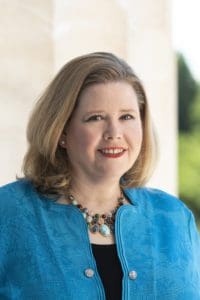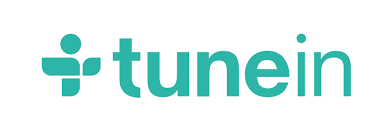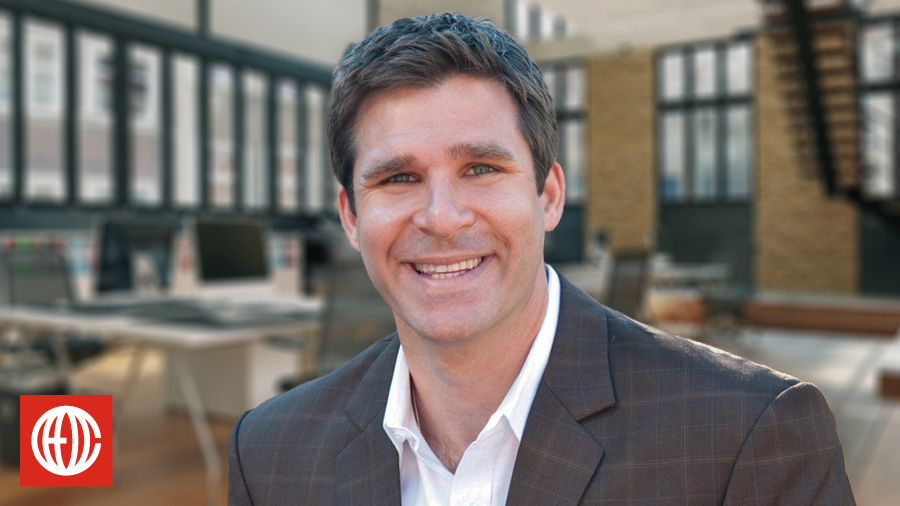
How this Entrepreneur Coach Led 11,000 Employees to Billions in Increased Revenue
Guest: Emily Murphy, a coach at CEO Coaching International. Emily has held multiple leadership roles in the federal government, most recently serving as Administrator for the U.S. General Services Administration (GSA), the federal agency charged with managing 371 million square feet of office space, over $75 billion in governmentwide contracts, and a number of shared services.
Quick Background: Think you have problems managing, compensating, and inspiring your team? Well, imagine your workforce is more than 11,000 strong, you’re overseeing a $37 billion budget, and both you and your organization are responsible for supporting the operation of the U.S. federal government.
On today’s show, Emily Murphy discuses the specific strategies and tactics that she implemented within the GSA that led to BIG improvements in culture, employee engagement, and leadership scores, all while generating multi-billion-dollar increases in sales and revenue.
Keys to Managing and Motivating a BIG Team from Emily Murphy
1. Open your door … and step outside.
Because of her extensive experience working for the federal government, Emily had a strong understanding of the GSA when she stepped into the Administrator role. But she also knew that she didn’t know everything about the organization.
“I heard a lot of outside voices on what GSA should be doing,” Emily says. “I hadn’t heard enough inside voices. So I made a deliberate decision that I was going to spend the first few months talking to other GSA employees. I interviewed over a hundred senior executives at GSA on what we did well, where there was opportunity for improvement, and what they loved about the agency. And I used that, along with my vision, to communicate better to the rest of the agency and really set the goals for the three years I was lucky enough to be in the job.”
Like any good leader, Emily never really stopped this fact-finding mission, she just integrated it into the organization’s communication rhythm. Annually, the GSA held a big town hall for both in-person and virtual attendees. Emily also attended smaller town halls at the GSA’s 11 regional offices. During the pandemic lockdowns, Emily held as many as three virtual town halls per week.
Under normal circumstances, Emily also tried to be as much of an open-door leader as the demands of her position allowed. And she continued to go out of her way to give her employees face time with the boss.
“I did try to, at least once or twice a month, invite in mid-level or junior-level employees to come and meet and have coffee in my office,” Emily says. “We would sit around the table and everyone had to share one fun fact about themselves, and then they could ask anything they wanted and we would talk for an hour, hour and a half. Likewise, each year we have an emerging leaders program, and I would try to have brown bag lunches with them. And when I would go out to the field, I would sit down with any employee and have lunch with any employee who had only been there for a year. I’d also try to have lunch with any employee who’d been there for more than 20 or 30 years. If I could get them both together, it was actually much more fun because I got to let the older employees tell the new employees what they wish they’d known and the new employees explain why they joined the agency. It was just a fun back and forth, it led to a great exchange of ideas. And frankly, it was a great way for me to keep my finger on the pulse of the agency.”

2. Clarify your vision.
Emily distilled everything she’d learned and everything she wanted to accomplish into three main goals: improve the GSA’s marketplace for federal contracts, increase lease cost savings, and adopt more shared services with other federal agencies. Then Emily put steps in place to integrate those goals into the unique culture and values she appreciates in government workplaces.
“The first thing was talking about the goals,” she says, “but also setting up a strategic plan that was really clear that these were the three things we were going to work on and that everyone at GSA could find themselves in those goals. And it meant that we were not only setting up goals, but we set up tasks underneath them and progress reports. We did quarterly performance reviews. And every 13 weeks we would sit down and look at how much progress we’re making in hitting our goals. And everyone had a part to play in meeting those goals. Public servants don’t go into the government because they’re looking to make a lot of money. They know that their salaries are capped. They know that promotion potential is limited. But they do have a strong belief in the mission of their agency and, frankly, the vision for providing a better service.”
3. Celebrate wins.
At the end of every year, Emily would print up one of those big novelty checks you see at golf tournaments for an amount that represented how much the GSA was able to save government agencies. For Emily’s team, seeing that check was the culmination of everything that they had accomplished together as they passed smaller markers throughout the year.
“Celebrating the wins was incredibly important,” Emily says. “That was not just an annual thing. We would do a lot of awards to try and recognize people who are making contributions. I put in place my own awards in addition to the agency’s traditional award scheme. And these weren’t awards that came with money. These were awards that really were just public recognition and a thank you. If someone thought that they had an employee who had done a great job, we tried to give that employee a chance to come in to the central office and come to a reception at the end of the fiscal year. Just make them feel celebrated for what they’d done, because it was a thousand little victories every day in order to get results at the end of the year and celebrating the thousand little victories meant we all kept going down the right path.”
Cheering on those victories during COVID was a bit trickier, but Emily encouraged team leaders to discuss awards at their weekly staff meetings to compensate for all those hallway high-fives that people were missing. You might have made similar adjustments in your own business, whether it was a formal award or just ramping up your Zoom schedule to drop in on high performers and let them know they’re appreciated. These moments of recognition are a zero-cost investment in talent that can have a BIG payoff in the strength of your culture and the commitment of your best workers.
4. Develop your EQ.
In Emily’s three years at GSA, contract sales increased from $55 billion to $75 billion and revenues grew from $21.8 billion to $29 billion. Given Emily’s focus on building a winning culture, it’s no surprise that BIG growth coincided with a 15-point increase in employee satisfaction scores and a 16-point increase in leadership satisfaction.
What is surprising is that Emily admits she struggled with the high-EQ leadership that she demonstrated so well. A self-described introvert, Emily recognized that she had to step out of herself and improve her communication skills in order to connect with employees and keep them motivated to make BIG Happen.
“You can’t fake caring,” Emily says, “Employees know whether or not you care about them. And if you don’t care about them, it makes it harder for them to care about the mission. They don’t feel valued. And in the public sector, it’s incredibly hard to replace an employee when they leave. It takes sometimes close to a year to backfill someone. So any employee who didn’t feel valued and left, left a huge hole in the organization. And if I could stem that by being engaged with them and trying to make sure that they felt like they were part of something bigger, it made a lot of sense to do so from a business perspective.”
Top Takeaways
1. Connect with your whole organization. Virtually and in person, new employees and seasoned vets, taking in every possible perspective will improve your overall vision.
2. Celebrate your progress. Every victory along the path to BIG should be special, especially for the team members responsible.
3. Show you care. If your employees, customers, and prospective hires don’t feel like you really care about them they won’t care about your company.
About CEO Coaching International
CEO Coaching International works with CEOs and their leadership teams to achieve extraordinary results quarter after quarter, year after year. Known globally for its success in coaching growth-focused entrepreneurs to meaningful exits, the firm has coached more than 1,500+ CEOs and entrepreneurs across 100+ industries and 60 countries. Its coaches—former CEOs, presidents, and executives—have led businesses ranging from startups to over $10 billion, driving double-digit sales and profit growth, many culminating in eight, nine, or ten-figure exits.
Companies that have worked with CEO Coaching International for two years or more have achieved an average revenue CAGR of 31% (2.6X the U.S. average) and an average EBITDA CAGR of 52.3% (more than 5X the U.S. average).
Discover how coaching can transform your leadership journey at ceocoachinginternational.com.
Learn more about executive coaching | Meet our world-class coaches








